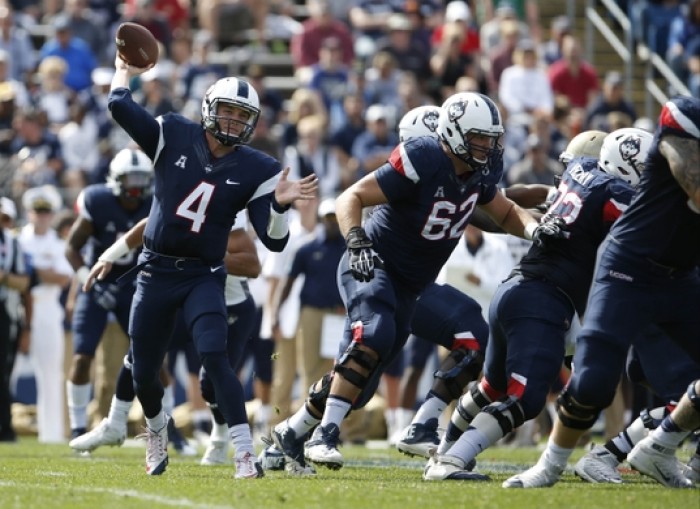Over the last few seasons college football has gone through a significant face lift. Conferences are changing dramatically including a whole conference, the Big East, shutting its doors on football. Many of these schools saw major improvements in their football programs, but others probably wish they could go back to their previous conference. In the American Athletic Conference, they saw the biggest change and its worked out for the good of college football.
American Athletic Conference
No conference saw more changes in its first few seasons than the American Athletic Conference. The AAC had to build its conference roster from mid-major schools and the remaining Big East squads. Cincinnati, Temple, UConn and USF stayed true to their roots and became part of the AAC, while the conference picked up East Carolina, Houston, Memphis, Navy, SMU, UCF, Tulane and Tulsa.
The conference looked thrown together and lacking any real major threats to the college football world. Ultimately, the conference wouldn't retain the Big East's automatic qualifying power. The AAC became... a mid-major conference. However, the conference didn't see itself as a below average conference and it showed in two of of its first three season.
These aren't your dad's mid-major powers
In the inaugural 2013-2014 season Blake Bortles' UCF Knights, the 11-1 conference champions, put up an early indication that they aren't going to be mediocre. The AAC's champions put on an offensive display beating the Big 12's mighty Baylor Bears 52-42 in the Tostito's Fiesta Bowl. Bortles and Louisville's Teddy Bridgewater would take their AAC talents to the first round of the NFL draft, and ultimately they become some of the NFL's brightest, young starting quarterbacks.
The following season would result in a setback as three teams tied for the conference championship with 9-3 records. However, 2015 returned the AAC to the forefront of college football. 13-1 conference champion, Houston, pummeled the ACC's thoroughbred Florida State 38-24 in the Chick-Fil-A Peach Bowl. In the AAC's two major stages they dominated their power five counterpart. Three schools would reach at least ten or more wins including the Naval Academy's first ever 11-win season. The AAC created its own niche in college football. They may not be mid-major, but they are actually a step just below power fives. The top tier teams in the conference can compete with the best the NCAA has to offer.
The conference doesn't hold great teams; they contain some of college football's biggest names. Paxton Lynch, Tyler Matakevich, Keenan Reynolds, Jahad Thomas and Greg Ward Jr. became commonplace in either NFL or Heisman Trophy talk. This conference isn't going away anytime soon, so fans might want to get comfortable with the idea that a non-power five conference is catching up.
All that to say, the AAC should be recognized as a legitimate conference with legitimate schools.
(Video Courtesy of American Athletic Conference)









































